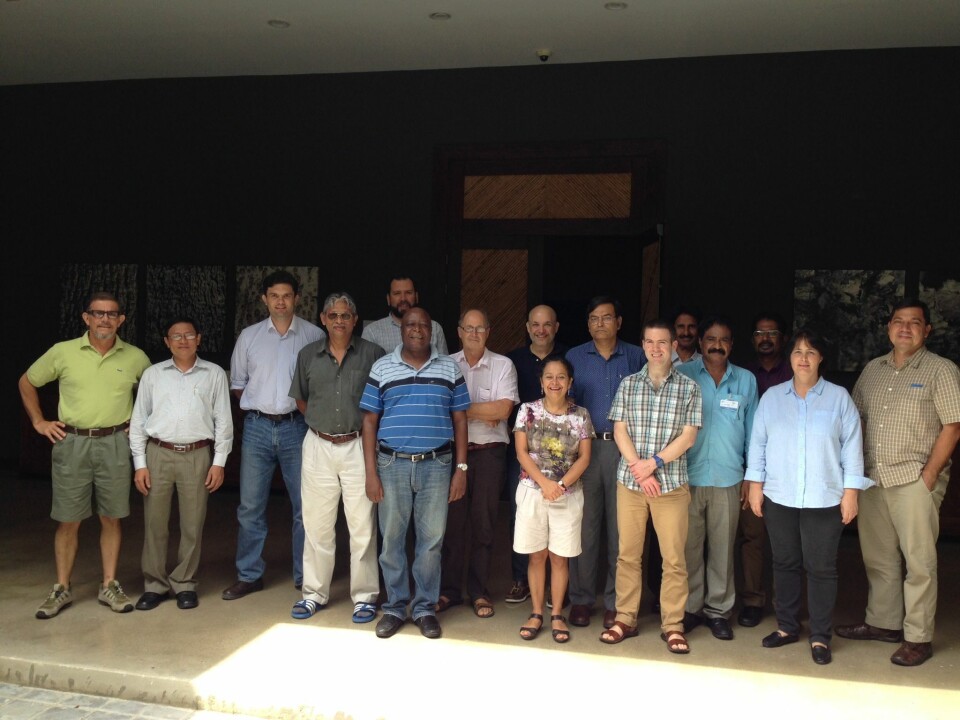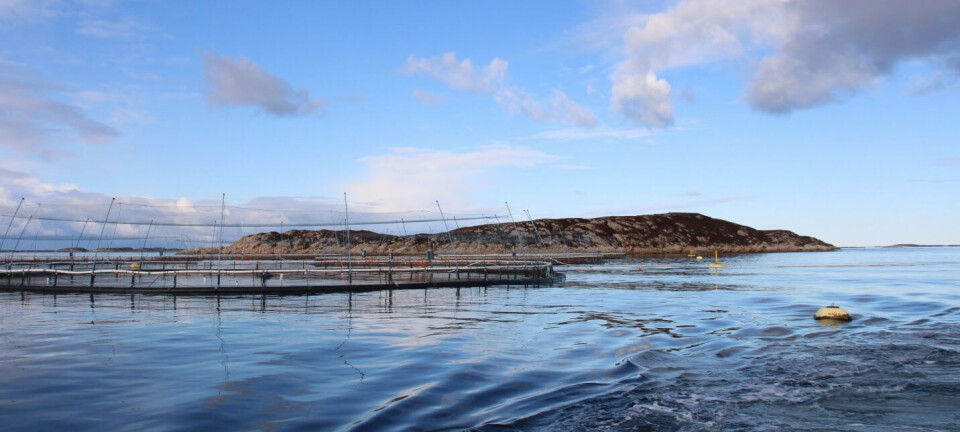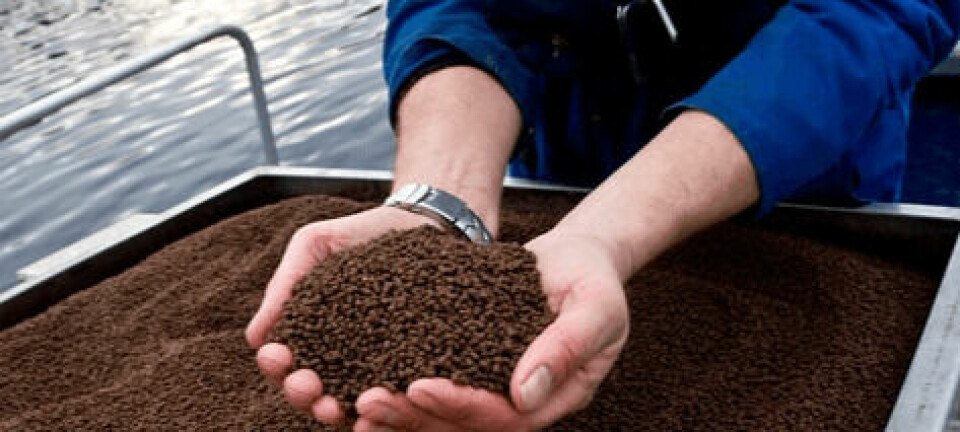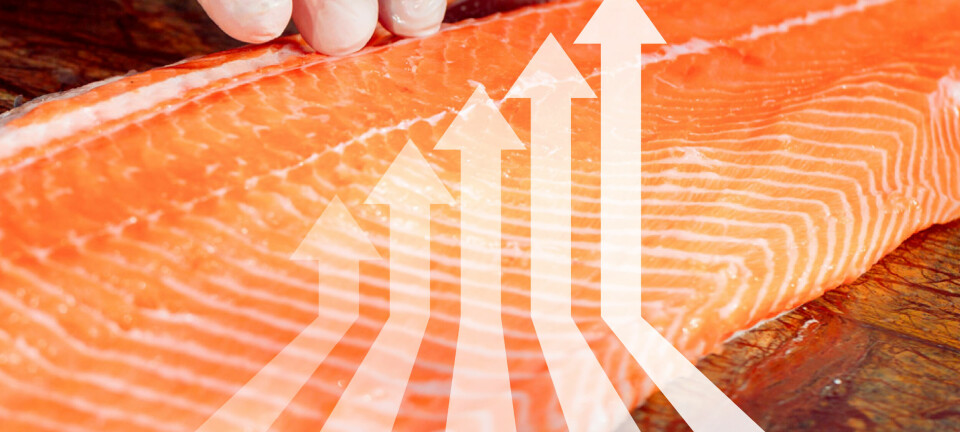
Salmon set a fine example
A workshop jointly run by the FAO and the Global Salmon Initiative (GSI) has highlighted how other fish farming sectors could learn a great deal from the salmon industry’s significant improvement in feed conversion ratio (FCR).
The workshop, entitled “Reducing Feed Conversion Ratios in the Global Aquaculture to reduce carbon and other footprints and increase efficiency” took place on 9-11 November near the Costa Rican town of Liberia.
As a spokesperson for the FAO explained to Fish Farming Expert: "Comparatively, salmon have some of the lowest FCR in aquaculture, and considering the move to terrestrial feed sources (providing these do not have large carbon footprints) their impact on greenhouse gas (GHG) emission has shown to be smaller per tonne of fish produced than for other species, including freshwater species. The salmon industry managed to reduce their FCR from around 2.8 to around 1.2 in less than 30 years thanks to technological developments, industry training, and better management.
"The meeting in Costa Rica aimed to: i) assess the current GHG contributions of aquaculture (specifically related to feeds and feeding) and ways to measure it; ii) explore concerted actions to reduce FCR in the global aquaculture industry; and iii) explore potential transfer of feed and feeding technologies and lessons learned from salmon farming to other species such as tilapia, carps and catfishes.
"The meeting took place with the support of Biomar and Aquacorporación Costa Rica, and was attended by 17 international aquaculture experts from Asia, Africa, Europe, and the Americas and the FAO – representing catfish, tilapia, shrimp and salmon farming. Initial presentations focused on global and regional aspects of feeds and feeding in aquaculture and their role in GHG emissions, linked to FCR. These were followed by presentations from countries and aquaculture systems that described FCR current situations and trends and main factors affecting the feed use efficiency.
"The detailed description of experiences and lessons learned in salmon farming, both from the feed manufacturer and from the farm management perspective, were used to identify some turning points in improving FCR through time. Such experiences were compared with those in shrimp, tilapia, carp and catfish.
"The meeting concluded that there is room for general improvements of FCR in global aquaculture, particularly in the freshwater species mentioned; and that concerted global action could improve the sustainability of the sector, and improve production while releasing pressure on feed resources and improving competitiveness of smallholders in particular. A thorough discussion of the factors affecting FCR concluded that from its four main drivers; genetics, environment, husbandry and feeds, managing some environmental aspects such as maximizing oxygen levels in rearing systems could significantly improve FCR in the more tropical species systems (tilapia, carp, catfish and shrimp). The need to implement, and or, improve farm monitoring systems came also as a key changing factor. Reduction of fish mortality also plays a relevant role and providing adequate diets and feed management."
The meeting drafted a global plan including:
A better understanding of oxygen and temperature at farm level by:
i) A global assessment of the situation and knowledge of the relevance of oxygen and temperature in tropical farming systems.
ii) A global plan to improve environmental monitoring and improvement of oxygen conditions in farming systems. Such assessment and following actions would also address fish health, survival, growth, performance and efficiency in relation to oxygen and temperature.
Feeding mode & feed management
Considering the relevant experience in feeding management and rearing in salmon farming a two-way exchange programme was proposed for further discussion:
The GSI could facilitate the transfer of knowledge by sending industry experts to the field in developing countries and regions to assist in identifying potential opportunities for improvements.
GSI could host managers from developing countries and regions in salmon farms to see new management approaches and technologies.
Regarding feed quality the expert group proposed:
- To improve access and dissemination of databases of feed ingredients, digestibility etc to be used by feed producers in developing countries and regions that do not have research and development arms (FAO provides a relevant database that could be expanded http://www.fao.org/fishery/affris/en/)
- To prepare a manual or guide on how to audit a feed plant for farmers to demand questions on feed composition.
The event closed with a visit to tilapia farms run by Aquacorporacion, a subsidiary of Aquachile, and a visit to a Biomar plant that produces feeds for tilapia and other tropical species in Central America.























































